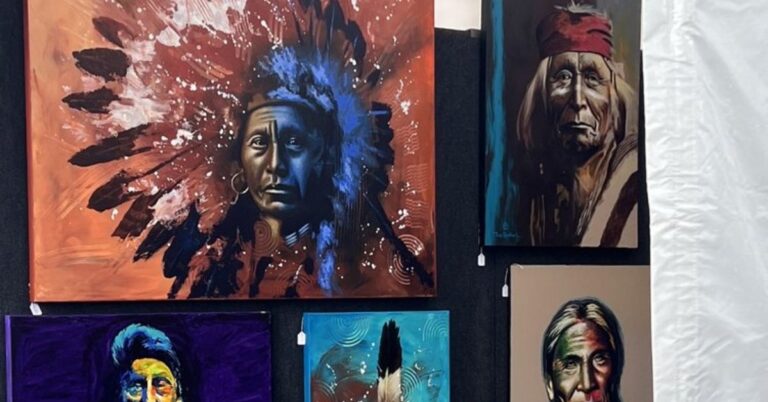15 Fun Facts About The Cowboy Museum You Didn’t Know
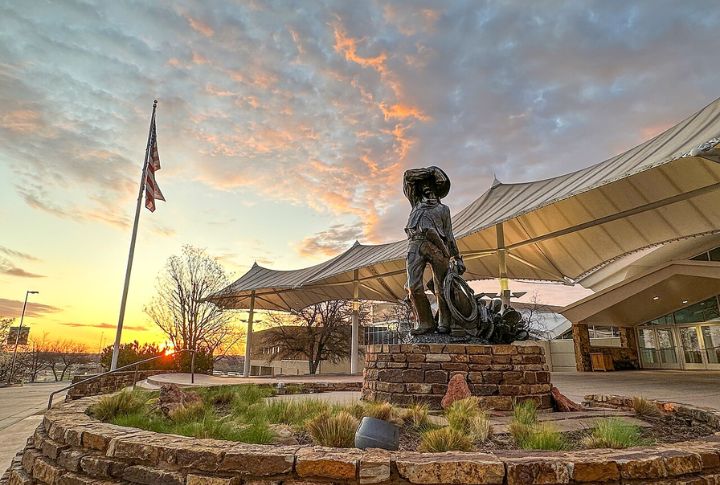
Cowboy hats and movie myths only scratch the surface. The National Cowboy Museum holds the real story—quiet details, overlooked figures, and one very unexpected social media moment. If you think you know the Wild West, these facts might just change your mind. Let’s get into it.
The Security Guard Made It Go Viral
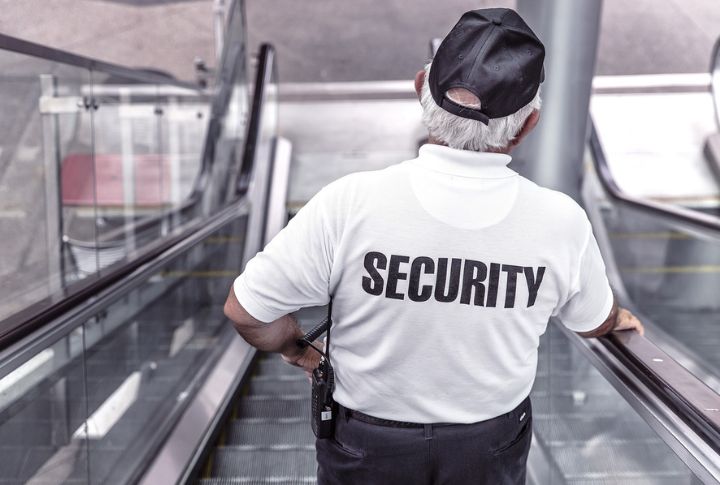
In 2020, the authorities handed their Twitter account to Tim, the head of security. He wasn’t a marketing pro, just a guy doing his best. And that’s exactly why it worked. His innocent updates and hashtags were so genuine that the internet fell in love. One thread later, the museum had over 300,000 new followers.
There’s A Town Built Inside The Museum

Prosperity Junction isn’t a model—it’s a walkable 1900s prairie town. The museum built it indoors, down to wooden storefronts, wagons, hitching posts, and lantern-lit windows. Every detail is historically accurate, which offers a rare look at daily life before highways, phones, and electricity.
Western Actors Have Their Own Hall Of Fame
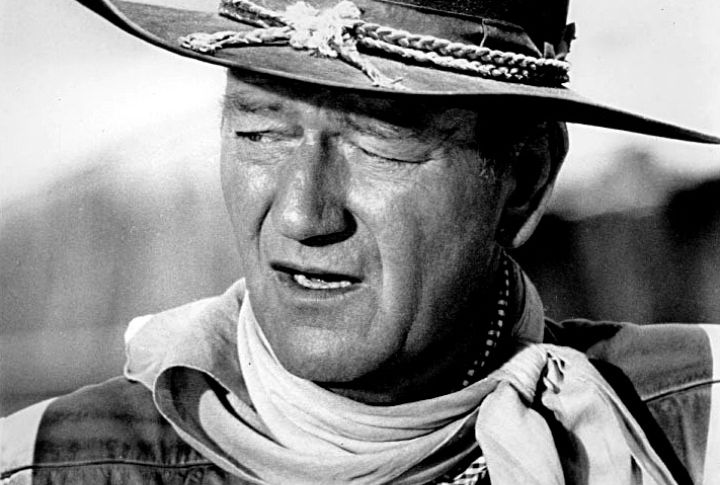
Film shaped how millions picture the West, and this hall gives credit where it’s due. Exhibits celebrate screen legends who helped define cowboy storytelling, from John Wayne’s rugged persona to Katharine Ross’s quiet strength. Costumes and film stills bring their work back into focus, proof that some roles never fade.
Over 2,000 Pieces Of Western Art Live Here
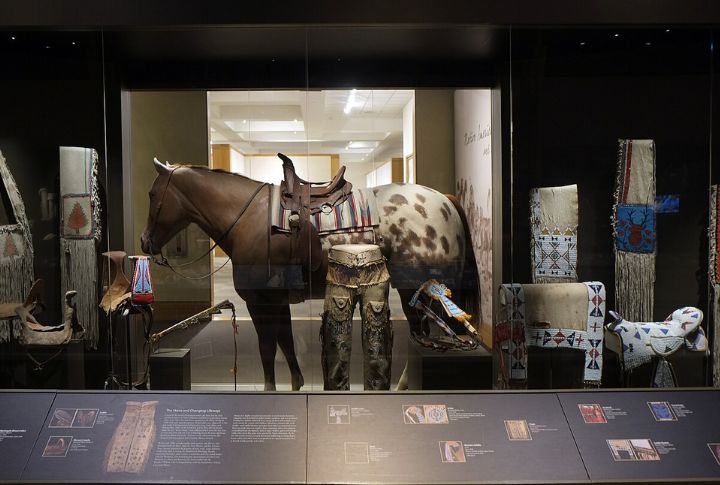
The museum’s collection includes sculptures, paintings, and illustrations from key figures in Western art. Remington focused on movement and military subjects, while Russell captured ranch life and Native communities. These works serve as visual records, offering specific insights into how artists documented daily reality across the changing frontier.
Cowboy Boots Get The Star Treatment
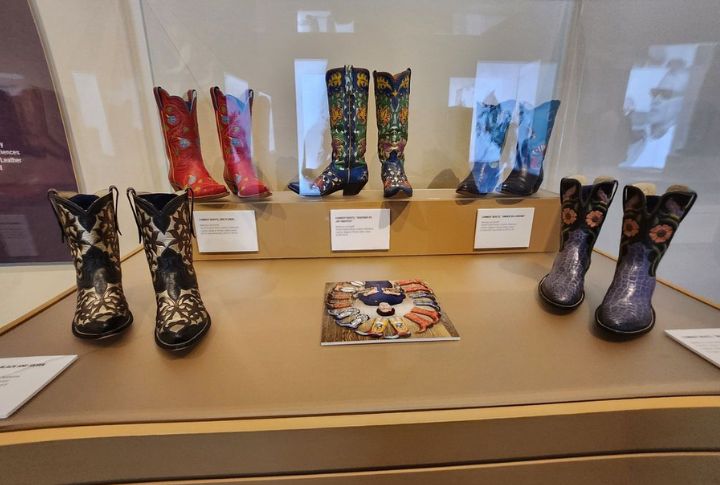
These boots weren’t built for ranch work. They were built to turn heads. Some sparkle, some intimidate, and a few look like they talked their way out of trouble. Once worn by rodeo legends or spotlight chasers, they now lounge behind glass, retired but still very pleased with themselves.
Chuck Wagons Are Preserved Intact
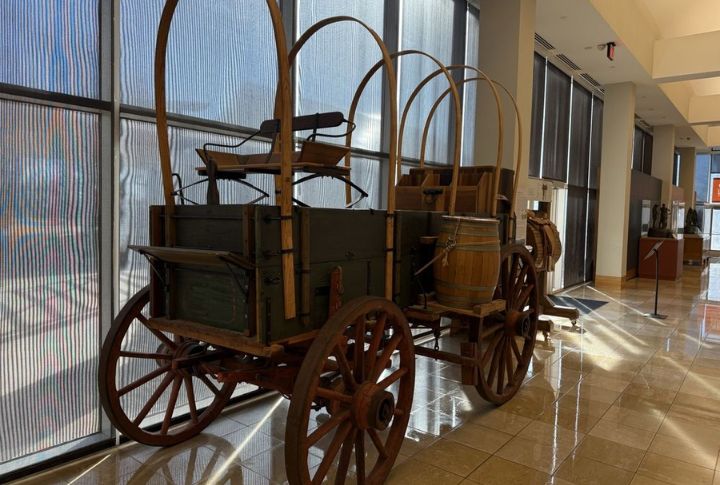
Before restaurants and ration packs, there was the chuck wagon. The museum’s example shows exactly how cowboys cooked on the move. Iron pans and shelves packed tight tell a story of grit over comfort. It wasn’t about flavor. It was about feeding men fast and getting back in the saddle.
It Hosts The Western Heritage Awards
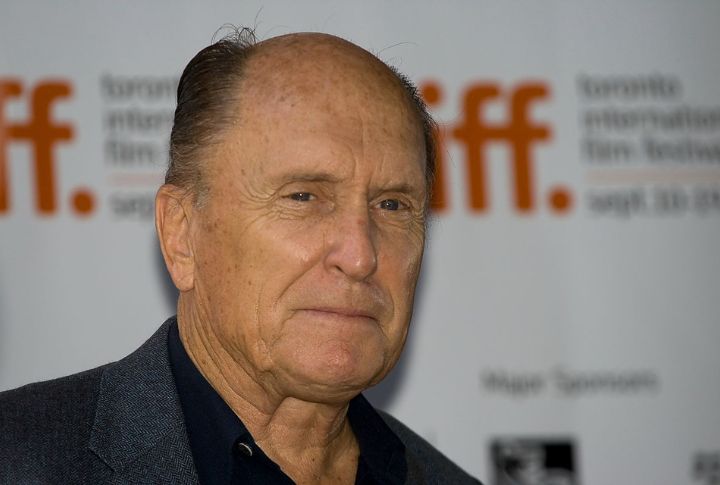
Each year, it holds the Western Heritage Awards to recognize contributions to Western storytelling. Categories include film, television, literature, and music. Honorees have included Robert Duvall and Larry McMurtry. The ceremony also emphasizes authenticity and legacy over commercial success.
Visitors Can Practice Roping
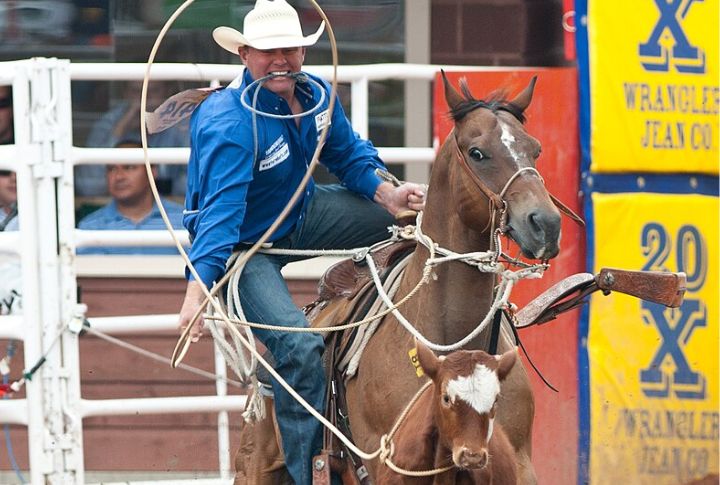
The museum’s interactive area lets guests try cowboy tasks, including lassoing a stationary steer. It looks simple, but it takes coordination and timing. First-time attempts usually miss. Recognition is based on depth and accuracy, not mass appeal.
Native America Has A Place Here Too
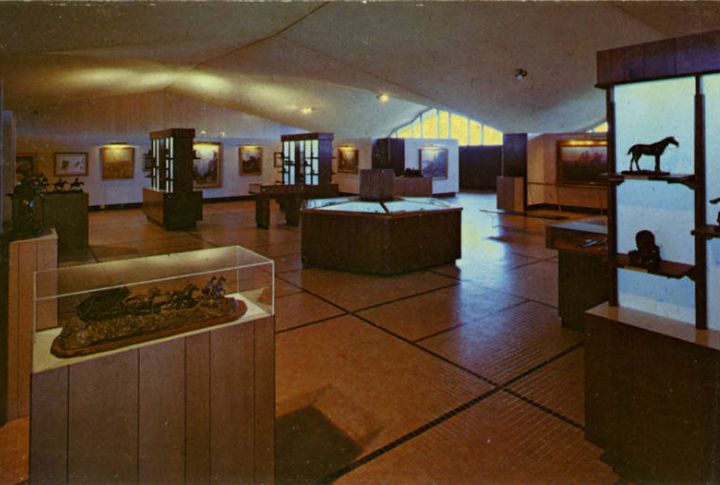
Beyond ranching and rodeo, the Cowboy Museum presents histories of Native communities, Spanish vaqueros, and frontier settlers. Exhibits include beadwork, early ranch tools, and accounts from homesteading families. The goal is accuracy, capturing the diversity of people who shaped the West.
Kids Get Their Own Western World
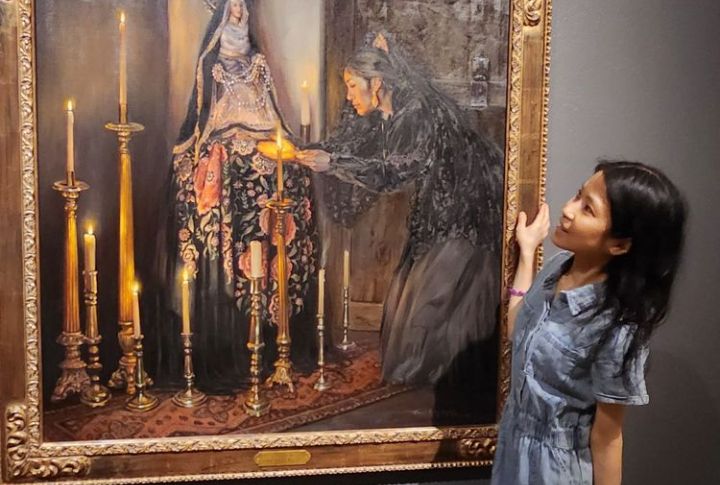
Children aren’t expected to stand still here. They get to build, dress up, and ask questions without the usual museum shushing. The interactive area includes puzzles, hands-on activities, and Western-themed play zones. It’s designed for learning through movement, not lectures. Even parents tend to linger just as long as their kids.
Frontier Women Have Dedicated Exhibits Here
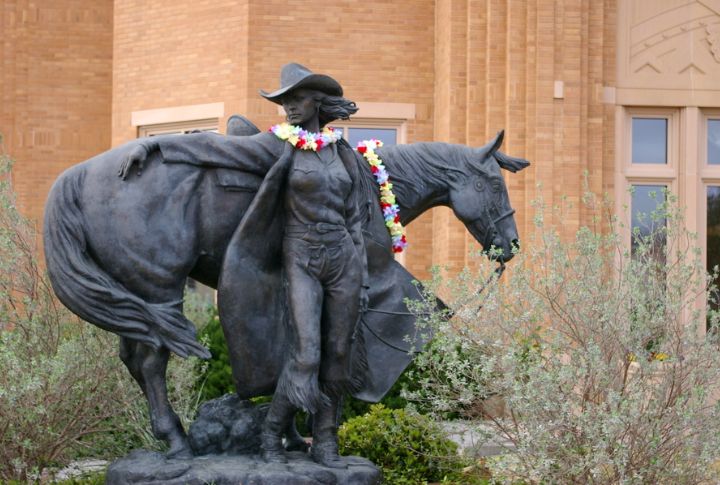
For years, frontier women were background figures. This museum puts them in focus. Displays include ranch diaries and portraits of women who worked just as hard and took just as many risks. Seeing their tools and stories side by side with their male counterparts challenges what visitors thought they knew.
An 18-Foot Statue Greets Every Visitor
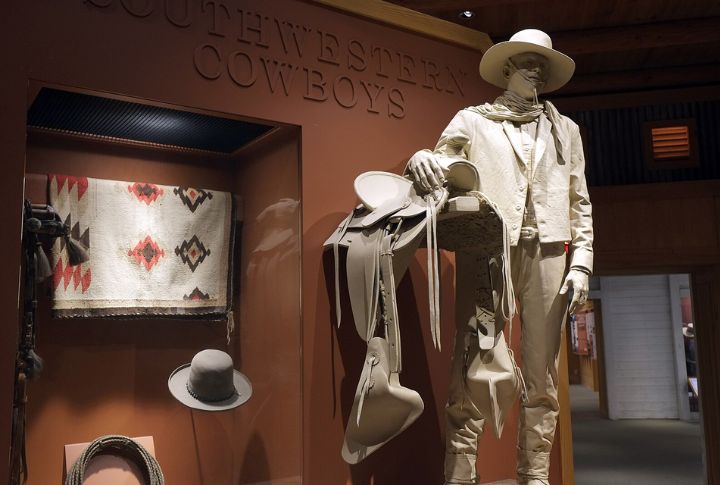
This sculpture shows a Native warrior slumped on horseback, weaponless, head bowed. Both rider and horse appear exhausted, marking the end of movement and resistance. Created in 1915 by James Earle Fraser, The End of the Trail reflects the forced displacement of Native peoples. Its scale draws attention, but its stillness holds it.
The Gift Shop Sells Real Western Gear
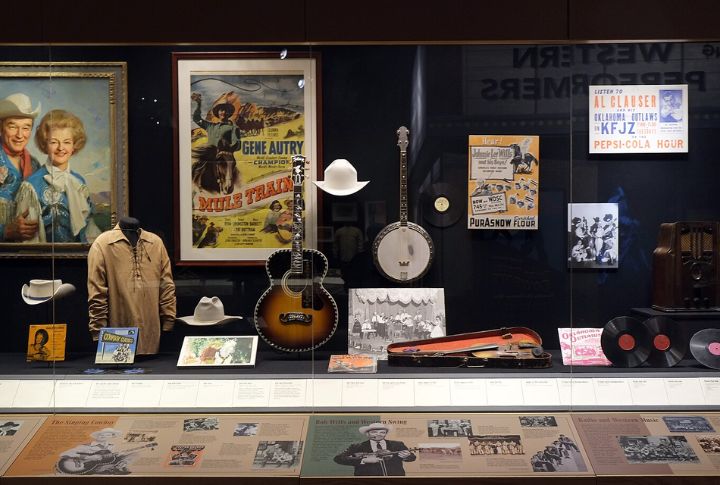
The Cowboy Museum store focuses on quality over souvenirs. Some shelves display hand-tooled leather. Others feature pieces made by Native artists, each labeled with origin details. Staff provide background when asked, often sharing how the makers are connected to the region.
The Firearms Gallery Shows The West’s Real Arsenal
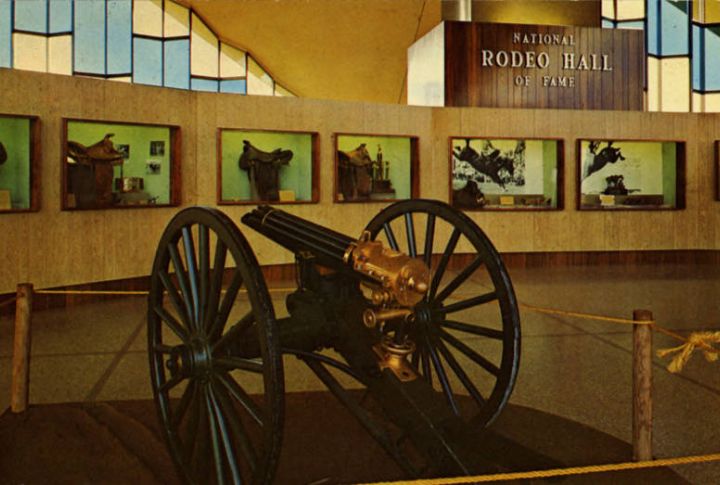
There’s a revolver once owned by a rancher who never left Texas. Another came from a lawman with five documented shootouts. These aren’t just weapons—they’re pages from lives no longer lived. The Firearms Gallery doesn’t glamorize. It presents facts and lets the weight of them settle where they land.
Barbed Wire Gets A Full Exhibit Here
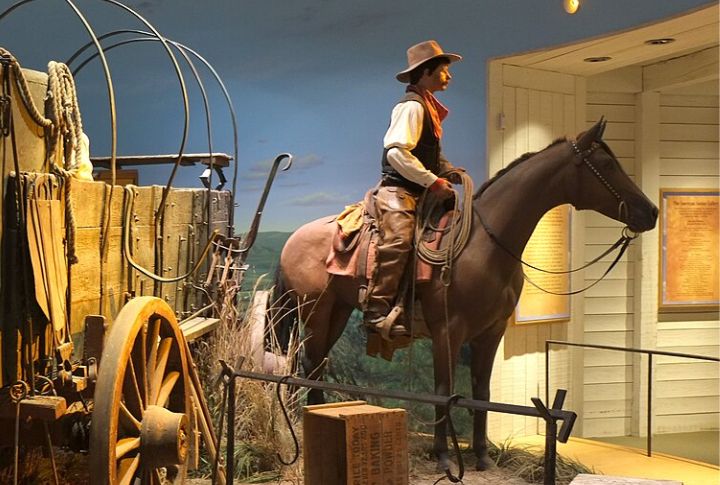
Think barbed wire is boring? Not here. The museum showcases how this tough little invention helped settle the West. You’ll see variations that ranchers swore by, and maybe learn why a fence could stir up more trouble than a pistol ever did.

